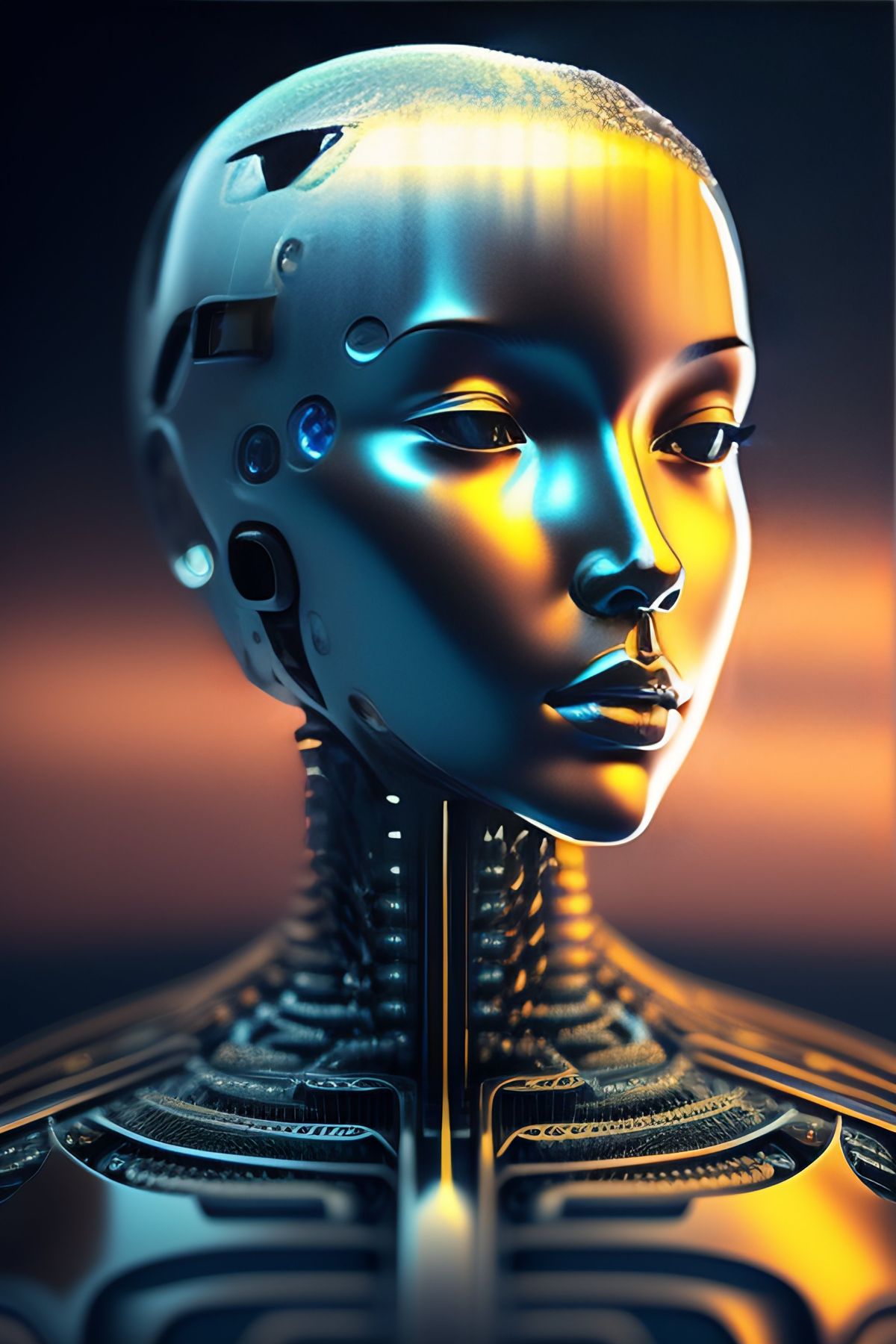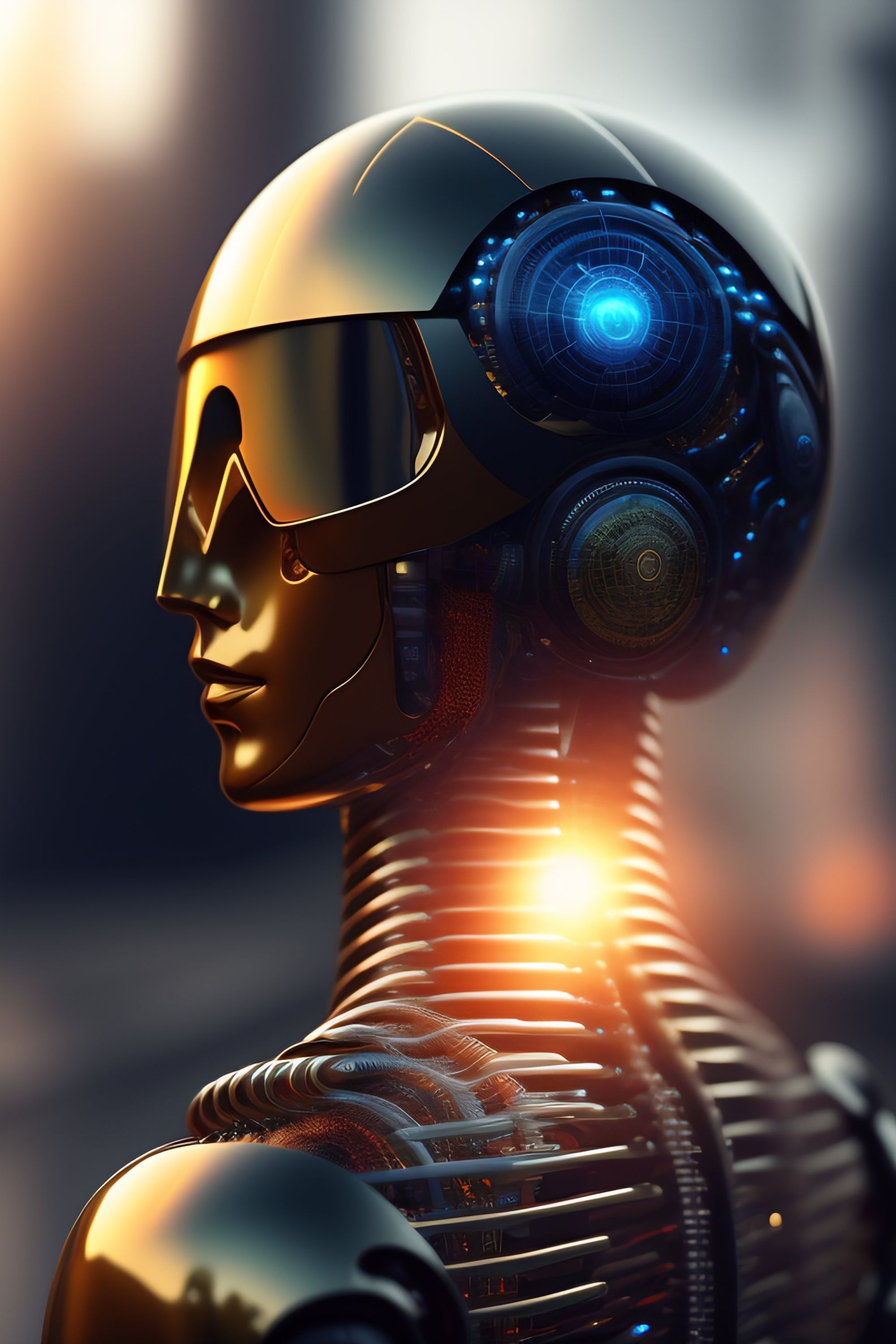The Impact Of AI Digital Employees On Organization Design and Hierarchy
AI digital employees can learn and improve over time, making them increasingly sophisticated and capable.

Overview
Definition of AI digital employees
AI digital employees, also known as virtual assistants or chatbots, are software programs that use artificial intelligence and natural language processing to interact with users and perform tasks. These digital employees are designed to simulate human conversation and provide assistance in various areas, such as customer service, sales, and support. They can answer questions, provide information, and even complete transactions. AI digital employees can learn and improve over time, making them increasingly sophisticated and capable.
Benefits of AI digital employees
AI digital employees offer numerous benefits to organizations. Firstly, they can increase efficiency by automating repetitive tasks and processes, allowing human employees to focus on more strategic and creative work. Secondly, AI digital employees can improve accuracy by minimizing human errors and providing real-time data analysis. Thirdly, they can enhance customer experience by providing personalized and efficient services. Lastly, AI digital employees can reduce costs by eliminating the need for additional human resources. Overall, the adoption of AI digital employees can lead to significant improvements in productivity, cost savings, and customer satisfaction.

Challenges of implementing AI digital employees
Implementing AI digital employees in organizations can pose several challenges. One of the key challenges is resistance to change from employees who may fear job displacement or feel threatened by the introduction of AI technology. Additionally, organizations need to address ethical considerations related to AI, such as privacy concerns and potential biases in decision-making algorithms. Moreover, there may be a need for upskilling and reskilling of existing employees to adapt to the changing roles and responsibilities. Overcoming these challenges requires a comprehensive strategy that involves effective communication, training programs, and transparent governance to ensure a smooth integration of AI digital employees into the organization.
Impact on Organizational Design
Changing roles and responsibilities
With the introduction of AI digital employees, the roles and responsibilities within organizations are undergoing significant transformations. Routine and repetitive tasks that were previously performed by human employees are now being automated, allowing them to focus on more strategic and value-added activities. This shift in responsibilities requires employees to develop new skills and adapt to working alongside AI systems. Additionally, the implementation of AI digital employees can lead to a redefinition of job roles and the creation of hybrid positions that combine human expertise with AI capabilities. Organizations need to invest in reskilling and upskilling programs to ensure their workforce is equipped to thrive in this new era of AI-driven collaboration.
Redesigning organizational structure
Redesigning the organizational structure is a crucial step in integrating AI digital employees into the workforce. This involves redefining roles and responsibilities to accommodate the new capabilities and functionalities brought by AI digital employees. It also requires a reassessment of the reporting lines within the organization, as the introduction of AI digital employees may lead to a more decentralized decision-making process. Organizations need to carefully consider the skills and expertise required to effectively work alongside AI digital employees and ensure that the new structure promotes collaboration and innovation.
Implications for job design
Job design is an essential aspect that organizations need to consider when implementing AI digital employees. With the introduction of AI digital employees, traditional job roles may undergo significant changes. Automation of repetitive tasks can lead to the elimination of certain job positions, requiring employees to adapt and acquire new skills. On the other hand, the integration of AI digital employees can also create new job opportunities that require expertise in managing and collaborating with these intelligent systems. Organizations must carefully assess the impact of AI digital employees on job design and provide training and support to employees to ensure a smooth transition.
Impact on Hierarchy
Flattening of organizational hierarchy
The introduction of AI digital employees in organizations has led to a flattening of the traditional hierarchical structure. With AI digital employees taking on routine tasks and decision-making processes, there is a shift towards a more decentralized and collaborative approach to decision-making. This flattening of the hierarchy allows for greater agility and flexibility in responding to changing market conditions. Additionally, it promotes knowledge sharing and cross-functional collaboration as employees are encouraged to work together and contribute their expertise more horizontal. However, this shift also brings about challenges in terms of redefining roles and responsibilities and ensuring clear lines of communication and accountability. Organizations need to carefully consider the implications of this flattening of the hierarchy and make necessary adjustments to ensure a smooth transition and effective utilization of AI digital employees.
Decentralization of decision-making
Decentralization of decision-making is a key impact of AI digital employees on the organization hierarchy. With AI digital employees, decision-making processes can be distributed across the organization, allowing for faster and more efficient decision-making. This decentralization also empowers employees at all levels to contribute to decision-making, resulting in a more collaborative and inclusive work environment. However, organizations must carefully navigate the challenges of decentralization, such as ensuring alignment and accountability. Overall, the decentralization of decision-making brought about by AI digital employees has the potential to transform traditional hierarchical structures into agile and responsive organizations.
Shift in power dynamics
The introduction of AI digital employees in organizations has led to a significant shift in power dynamics. Traditional hierarchical structures are being challenged as decision-making becomes more decentralized. With AI digital employees taking on repetitive and mundane tasks, human employees can focus on more strategic and creative work. This redistribution of power has the potential to create a more inclusive and collaborative work environment, where expertise and contribution are valued over traditional positions of authority. However, it also requires organizations to redefine power dynamics and ensure that decision-making processes are transparent and fair. Overall, the shift in power dynamics brought about by AI digital employees presents both opportunities and challenges for organizations.
Conclusion
Summary of the impact of AI digital employees
AI digital employees have a significant impact on organization design and hierarchy. They bring numerous benefits such as increased efficiency, cost savings, and improved customer experience. However, implementing AI digital employees also presents challenges, including the need for upskilling employees, addressing ethical concerns, and ensuring data privacy. Overall, organizations need to carefully consider the implications of AI digital employees on roles, responsibilities, and decision-making processes to leverage their full potential and navigate the changing landscape of work.
Future implications and considerations
The rise of AI digital employees has significant implications for the future of organizations. Automation and efficiency are expected to increase as AI digital employees take over repetitive and mundane tasks. However, organizations need to carefully consider the potential ethical and social implications of relying heavily on AI digital employees. It is crucial to establish transparency and accountability in the decision-making processes involving AI digital employees to ensure fairness and avoid biases. Additionally, organizations should invest in reskilling and upskilling their workforce to adapt to the changing landscape of work. Embracing AI digital employees can lead to enhanced productivity and innovation, but it requires thoughtful planning and consideration of the broader implications.
Recommendations for organizations
To successfully navigate the impact of AI digital employees on organization design and hierarchy, organizations should consider the following:
- Invest in employee reskilling and upskilling programs to equip employees with the necessary skills to work alongside AI digital employees.
- Ensure transparency and communication throughout the implementation process to alleviate concerns and foster trust among employees.
- Regularly assess and adapt organizational structures to accommodate the changing roles and responsibilities brought about by AI digital employees.
- Empower employees to participate in decision-making by decentralizing decision-making processes and providing opportunities for collaboration.
By following these recommendations, organizations can embrace the benefits of AI digital employees while effectively managing the challenges and ensuring a smooth transition to the future of work.




